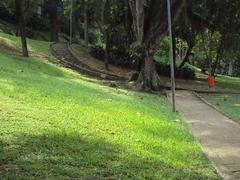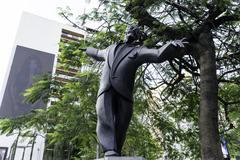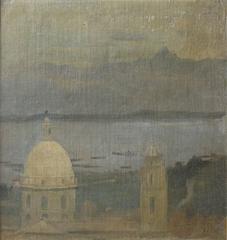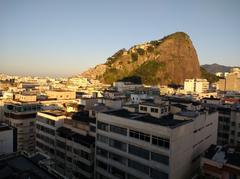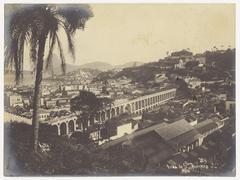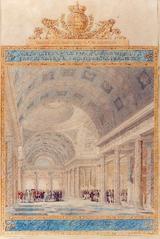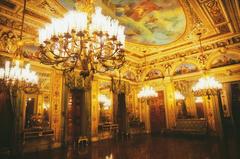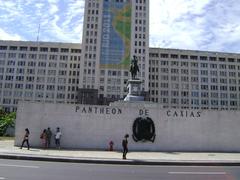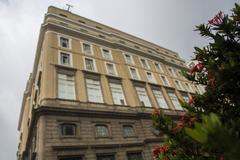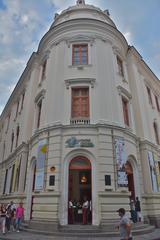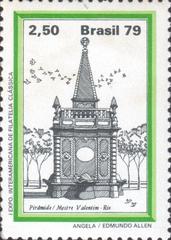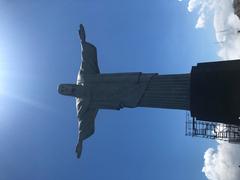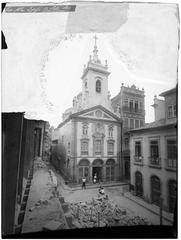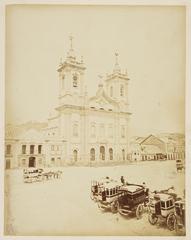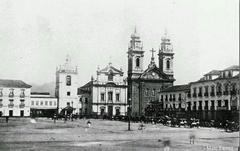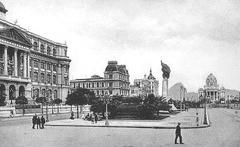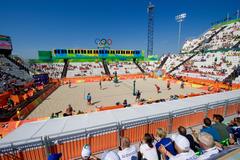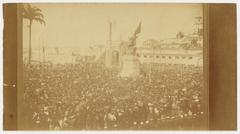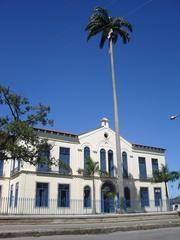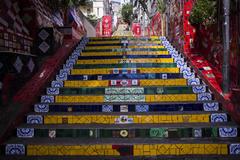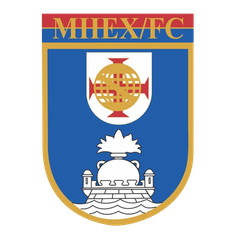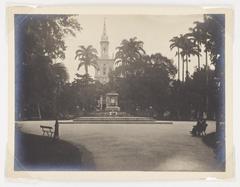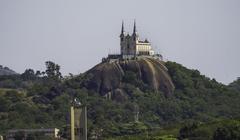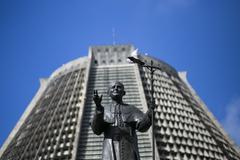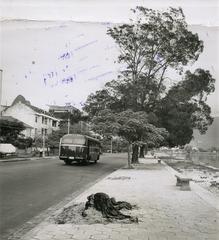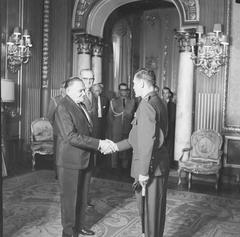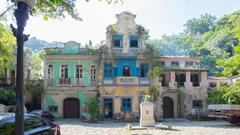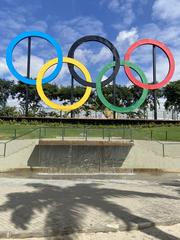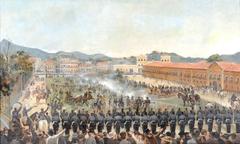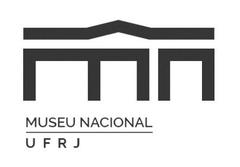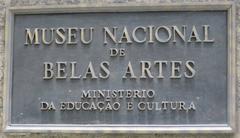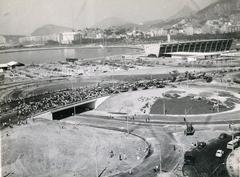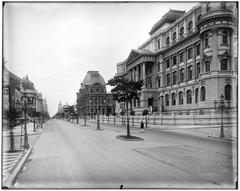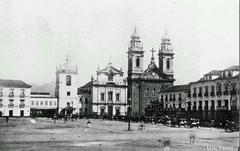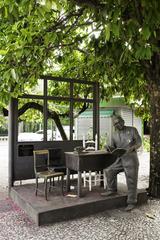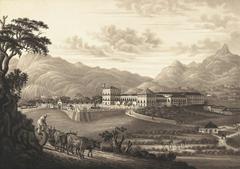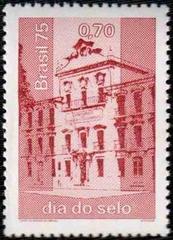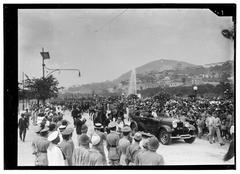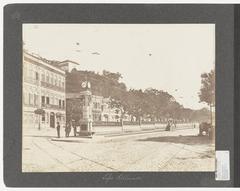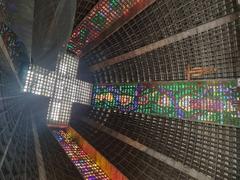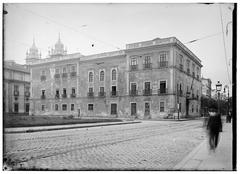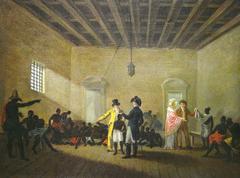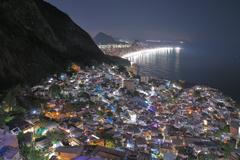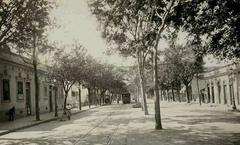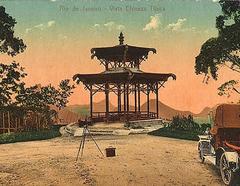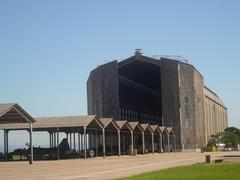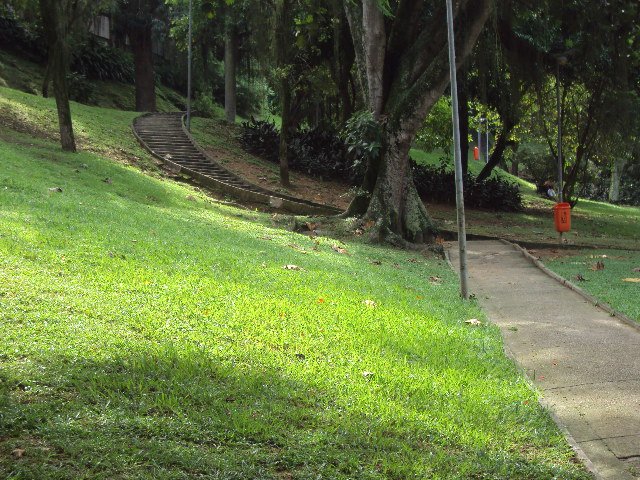
Visiting Parque Eduardo Guinle: Hours, Tickets, and Travel Tips
Date: 18/07/2024
Introduction
Nestled in the vibrant Laranjeiras neighborhood of Rio de Janeiro, Parque Eduardo Guinle stands as a testament to Brazil’s rich cultural heritage and architectural splendor. This historic park, originally part of the opulent estate of industrialist Eduardo Guinle, offers visitors a serene escape from the bustling city life while providing a glimpse into the grandeur of early 20th-century Brazilian aristocracy. Designed by French architect Joseph Gire and landscape architect Paul Villon, the park’s layout reflects the influence of European aesthetics combined with native Brazilian flora, creating a unique and picturesque environment (Rio de Janeiro City Hall, Instituto Estadual do Patrimônio Cultural).
Transitioning from a private estate to a public park in 1938, Parque Eduardo Guinle has since become a cherished green space for both locals and tourists. It serves as a symbol of Rio de Janeiro’s transformation and modernization, highlighting the city’s journey from a colonial outpost to a thriving metropolis. The park’s historical significance is further enriched by its association with the Guinle family, who played a pivotal role in Brazil’s industrial development (Museu da República).
Today, Parque Eduardo Guinle is not only a place of historical interest but also a hub for cultural activities and recreational pursuits. Its well-preserved gardens, architectural marvels, and diverse wildlife make it a must-visit destination for anyone exploring Rio de Janeiro. This comprehensive guide aims to provide all the essential information you need for a memorable visit, from visiting hours and travel tips to nearby attractions and accessibility options.
Table of Contents
- Introduction
- History and Significance of Parque Eduardo Guinle
- Visitor Information
- FAQ
- Conclusion
- Sources
History and Significance of Parque Eduardo Guinle
Origins and Early Development
Parque Eduardo Guinle, located in the Laranjeiras neighborhood of Rio de Janeiro, Brazil, is a historic park with a rich legacy dating back to the early 20th century. The park was originally part of the estate of Eduardo Guinle, a prominent Brazilian industrialist and philanthropist. The estate, known as Palácio Laranjeiras, was designed by French architect Joseph Gire and completed in 1913. The palace and its surrounding gardens were intended to reflect the opulence and grandeur of European aristocratic estates (Rio de Janeiro City Hall).
Architectural and Landscape Design
The design of Parque Eduardo Guinle is a testament to the influence of European aesthetics on Brazilian architecture and landscape design during the early 1900s. The park’s layout was inspired by the French formal garden style, characterized by symmetrical patterns, manicured lawns, and ornamental features such as fountains and statues. The landscape architect, Paul Villon, incorporated native Brazilian flora into the design, creating a unique blend of European formality and tropical exuberance (Instituto Estadual do Patrimônio Cultural).
Transition to Public Park
In 1938, the Brazilian government acquired the Palácio Laranjeiras and its gardens from the Guinle family. The palace became the official residence of the President of Brazil, while the gardens were opened to the public as Parque Eduardo Guinle. This transition marked a significant moment in the park’s history, as it shifted from a private estate to a public space accessible to all citizens. The park’s opening to the public was part of a broader movement in Rio de Janeiro to create green spaces for recreation and leisure in the rapidly urbanizing city (Museu da República).
Cultural and Historical Significance
Parque Eduardo Guinle holds considerable cultural and historical significance for Rio de Janeiro and Brazil as a whole. The park is a symbol of the city’s transformation from a colonial outpost to a modern metropolis. It reflects the social and economic changes that occurred in Brazil during the early 20th century, including the rise of industrialization and the influence of European culture on Brazilian society.
The park is also significant for its association with the Guinle family, who played a crucial role in the development of Brazil’s infrastructure and industry. Eduardo Guinle and his descendants were instrumental in the construction of major projects such as the Port of Rio de Janeiro and the Companhia Docas de Santos, which contributed to the country’s economic growth and modernization (Companhia Docas do Rio de Janeiro).
Preservation and Restoration Efforts
Over the years, Parque Eduardo Guinle has undergone several preservation and restoration efforts to maintain its historical and architectural integrity. In the 1990s, the park was designated as a cultural heritage site by the Instituto Estadual do Patrimônio Cultural (INEPAC), ensuring its protection and conservation. Restoration projects have focused on preserving the original design elements, such as the French-style gardens, fountains, and statues, while also enhancing the park’s infrastructure to accommodate modern visitors (Instituto Estadual do Patrimônio Cultural).
Role in Contemporary Rio de Janeiro
Today, Parque Eduardo Guinle continues to play a vital role in the cultural and social life of Rio de Janeiro. The park serves as a green oasis in the bustling city, offering residents and tourists a tranquil space for relaxation and recreation. It is a popular destination for families, joggers, and nature enthusiasts, who come to enjoy its scenic beauty and historical ambiance.
The park also hosts various cultural events and activities, such as art exhibitions, concerts, and educational programs, which contribute to the vibrant cultural scene of Rio de Janeiro. These events help to raise awareness about the park’s historical significance and promote its preservation for future generations (Secretaria Municipal de Cultura).
Visitor Information
Visiting Hours and Tickets
Parque Eduardo Guinle is open daily from 8 AM to 6 PM. Admission is free, making it an accessible destination for all visitors.
Travel Tips
The park is easily accessible by public transportation. The nearest metro station is Largo do Machado. For those driving, there is limited street parking available, so arriving early is advisable.
Nearby Attractions
While you’re in the area, don’t miss other historical sites such as the Museu da República and the Palácio do Catete. Another nearby attraction is the Museu Internacional de Arte Naïf, which houses an extensive collection of naïve art from around the world (Visit Brasil).
Accessibility
Parque Eduardo Guinle is wheelchair accessible, with well-maintained pathways suitable for all visitors.
FAQ
- What are the visiting hours for Parque Eduardo Guinle?
- The park is open daily from 8 AM to 6 PM.
- Is there an entrance fee for Parque Eduardo Guinle?
- No, admission to the park is free.
- How do I get to Parque Eduardo Guinle?
- The nearest metro station is Largo do Machado, about a 15-minute walk from the park.
- Are there any guided tours available?
- Yes, guided tours are available and provide valuable insights into the park’s history, architecture, and natural features.
- Is Parque Eduardo Guinle wheelchair accessible?
- Yes, the park is wheelchair accessible with paved pathways and ramps.
Conclusion
Parque Eduardo Guinle is more than just a park; it is a living museum that encapsulates the cultural, historical, and architectural essence of Rio de Janeiro. From its origins as an opulent private estate to its current status as a beloved public park, it has continually evolved while retaining its historical integrity. The park’s lush gardens, architectural marvels, and vibrant cultural scene offer something for everyone, whether you’re a history enthusiast, nature lover, or simply looking for a tranquil escape in the heart of the city (Companhia Docas do Rio de Janeiro).
Efforts to preserve and restore Parque Eduardo Guinle have ensured that it remains a cherished landmark for future generations. Its role as a cultural hub hosting various events and activities further cements its importance in the social fabric of Rio de Janeiro. With free admission and a range of amenities, it is an accessible and welcoming space for all visitors. Whether you’re exploring the historical Palácio Laranjeiras, enjoying a leisurely stroll through the manicured gardens, or participating in one of the park’s many cultural events, Parque Eduardo Guinle promises a rich and rewarding experience (Secretaria Municipal de Cultura).
Plan your visit to Parque Eduardo Guinle and immerse yourself in the beauty and history of one of Rio de Janeiro’s most significant landmarks. For the latest updates and travel tips, download our mobile app Audiala and follow us on social media.
References
- Rio de Janeiro City Hall (n.d.). Retrieved from https://www.rio.rj.gov.br
- Instituto Estadual do Patrimônio Cultural (INEPAC) (n.d.). Retrieved from http://www.inepac.rj.gov.br
- Museu da República (n.d.). Retrieved from http://www.museudarepublica.museus.gov.br
- Companhia Docas do Rio de Janeiro (n.d.). Retrieved from http://www.portosrio.gov.br
- Secretaria Municipal de Cultura (n.d.). Retrieved from http://www.rio.rj.gov.br/web/smc
